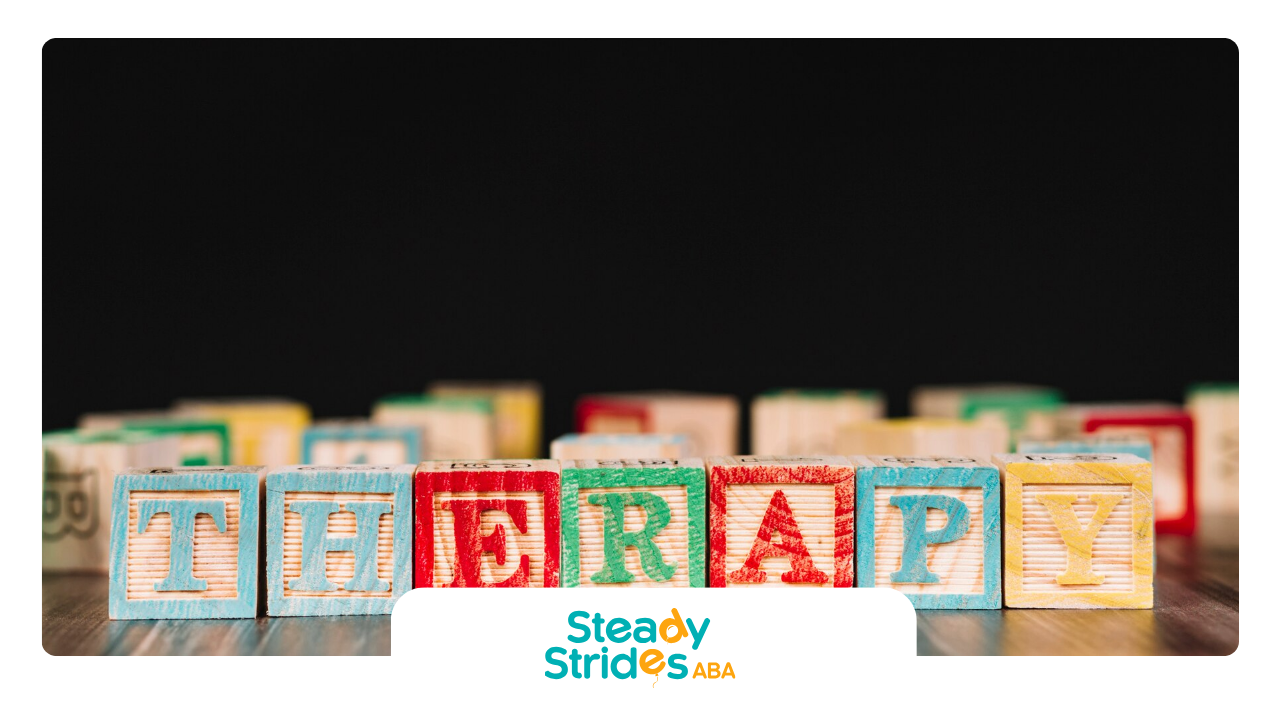Why Do Tantrums Happen in Children with Autism?
There are several reasons why a child with autism might experience tantrums, many of which are connected to challenges with communication, sensory sensitivities, or difficulty understanding and managing emotions.
1. Communication Difficulties
Many children with autism struggle with verbal communication, making it difficult for them to express their needs, wants, or frustrations. When they are unable to communicate effectively, they may resort to tantrums as a way to get their message across.
For example, a child might experience a tantrum because they are hungry but are unable to ask for food, or they may feel overwhelmed in a noisy environment but cannot express the need for a break.
2. Sensory Sensitivities
Children with autism often have sensory sensitivities, which means they may be more sensitive to sights, sounds, smells, textures, and other sensory input. If a child is exposed to overwhelming sensory stimuli, they might react with a tantrum as a way to cope with the discomfort.
For instance, bright lights, loud noises, or certain textures of clothing might trigger a tantrum because they overwhelm the child’s sensory system.
3. Frustration or Anxiety
Children with autism may also experience heightened levels of frustration or anxiety, especially in unfamiliar or unstructured environments. When things don’t go as planned or if there is a change in routine, a child may feel anxious or out of control, leading to a tantrum as a way to express their distress.
4. Lack of Coping Skills
For children with autism, tantrums can be a result of not having learned effective coping skills. Without strategies to deal with emotions like anger, frustration, or disappointment, a child might resort to a tantrum when they feel overwhelmed by their feelings.
How ABA Therapy Helps in Dealing with Tantrums
Applied Behavior Analysis (ABA) therapy is an evidence-based approach used to teach children with autism new skills, improve behavior, and reduce challenging behaviors like tantrums. In the context of tantrums, ABA focuses on understanding the triggers behind the behavior and teaching the child alternative ways to express themselves and regulate their emotions.
1. Functional Behavior Assessment (FBA)
The first step in dealing with tantrums in ABA therapy is to conduct a Functional Behavior Assessment (FBA). This process helps to identify the underlying causes and triggers of tantrums by analyzing the context in which they occur, as well as any patterns in the child's behavior.
An FBA might look at factors such as:
- When and where do the tantrums happen? (For example, is the child more likely to have a tantrum in crowded environments, or when a routine is disrupted?)
- What happens immediately before a tantrum? (Is the child denied a request, or is there a change in the environment?)
- What happens after the tantrum? (Does the child get what they want after the tantrum?)
By understanding the triggers and consequences of a tantrum, ABA therapists can develop a personalized intervention plan to address the behavior.
2. Teaching Alternative Communication Skills
One of the most effective ways to reduce tantrums is by teaching children with autism alternative communication skills. If a child struggles with verbal communication, therapists can teach them to use other methods of communication, such as:
- Picture Exchange Communication System (PECS): This system allows children to communicate by exchanging pictures that represent different items or actions. By teaching a child to use PECS, they can express their needs before frustration sets in, reducing the likelihood of a tantrum.
- Sign language or gestures: For some children, learning sign language or using simple hand signals can be an effective way to communicate their wants and needs.
- Speech-generating devices: For children with more advanced communication needs, speech-generating devices can help them express themselves more effectively.
By providing a child with a functional communication system, ABA therapists help reduce the frustration that can lead to tantrums.
3. Teaching Self-Regulation Techniques
Another key aspect of ABA therapy in addressing tantrums is teaching self-regulation techniques. Self-regulation refers to a child’s ability to manage their emotions, behavior, and body movements in a way that is socially acceptable. Teaching children how to calm themselves down in moments of distress is an important part of ABA therapy.
ABA therapists use strategies such as:
- Deep breathing exercises to help children calm down during moments of frustration.
- Visual schedules that help children understand the flow of their day and reduce anxiety about transitions.
- Sensory breaks where children can engage in calming activities (like squeezing a stress ball or using noise-canceling headphones) to help them manage sensory sensitivities.
By teaching self-regulation skills, ABA therapy helps children become more independent in managing their emotions and reducing the occurrence of tantrums.
4. Reinforcing Positive Behavior
ABA therapy relies on the principle of reinforcement to increase desirable behaviors. In the context of tantrums, positive behaviors like using words or gestures to communicate, taking deep breaths, or asking for help can be reinforced with praise or rewards. The more often these positive behaviors are reinforced, the more likely the child is to use them in the future.
By consistently reinforcing positive behaviors, ABA therapy helps children learn alternative ways to cope with frustration or anxiety, reducing the likelihood of tantrums over time.
5. Consistency and Structure
Consistency and structure are key elements of ABA therapy. Children with autism often thrive in environments where they know what to expect and when to expect it. Establishing routines and consistently applying interventions helps children understand what is expected of them and what they can expect from their environment.
When tantrums are linked to anxiety or frustration caused by unpredictability, providing structure and consistency can reduce the frequency and intensity of the behavior.
Strategies for Parents to Use at Home
While ABA therapy provides a structured approach to managing tantrums, parents can also play a critical role in reinforcing the strategies used in therapy. Here are a few strategies parents can use at home to help deal with tantrums:
- Use clear and simple language: Keep communication clear and concise. If your child struggles with verbal communication, use visual aids or gestures to make requests easier to understand.
- Provide sensory-friendly environments: Make your home environment as comfortable as possible for your child by minimizing sensory overload. This may include using soft lighting, reducing noise, and providing sensory-friendly tools (like weighted blankets or fidget toys).
- Create visual schedules: Use visual schedules to give your child a clear understanding of their day and what is coming next. This can help reduce anxiety and prevent tantrums triggered by transitions.
- Remain calm: When a tantrum occurs, it’s important to stay calm and composed. Your response can model appropriate emotional regulation for your child.
- Be consistent with reinforcement: Reinforce positive behaviors when your child communicates effectively, follows instructions, or engages in self-regulation techniques.
Conclusion
Tantrums can be challenging, but with the right approach and support, children with autism can learn to manage their emotions and develop effective communication skills. If you're looking for support, ABA therapy can provide personalized strategies to address your child's unique needs. Steady Strides offers tailored programs that can help reduce tantrums and promote positive behavior in children with autism.
Frequently Asked Questions
Tantrums are a common challenge for many children, particularly those with autism spectrum disorder (ASD). When it comes to Applied Behavior Analysis (ABA) therapy, dealing with tantrums effectively is a key aspect of supporting a child's growth and development. In this blog post, we will explore what tantrums are, why they happen, and how ABA therapy provides proven strategies to manage and reduce tantrums in children with autism.
What Are Tantrums?
A tantrum is an emotional outburst that can be triggered by frustration, overwhelm, or a need that is not being met. Children with autism often experience tantrums as a result of challenges with communication, sensory processing, or the difficulty of adapting to changes in their environment. Unlike typical temper tantrums that may last a few minutes, tantrums in children with autism can be prolonged and intense, involving behaviors such as:
- Screaming or crying
- Aggression (hitting, kicking, biting)
- Throwing objects
- Self-injurious behaviors (head-banging, biting oneself)
- Running away or eloping
- Stiffening or collapsing to the ground (meltdown)
Understanding the underlying cause of a tantrum is key to managing and reducing these behaviors.
Why do children with autism have tantrums?
Tantrums in children with autism can be caused by frustration from communication difficulties, sensory sensitivities, or anxiety about changes in routine. They may also result from a lack of coping skills or the inability to manage overwhelming emotions.
How can ABA therapy reduce tantrums in children with autism?
ABA therapy reduces tantrums by identifying triggers, teaching alternative communication skills, reinforcing positive behavior, and helping children develop self-regulation techniques. Consistency and structure are key to making these strategies effective.
What should I do when my child has a tantrum at home?
When your child has a tantrum, try to remain calm and use strategies like visual schedules, sensory-friendly environments, and clear communication. Reinforce positive behaviors and work with an ABA therapist to develop an individualized plan to manage tantrums.
Resources:
- https://www.autismparentingmagazine.com/autism-meltdowns/
- https://www.autismspeaks.org/sensory-issues
- https://pmc.ncbi.nlm.nih.gov/articles/PMC8788904/
- https://www.cde.state.co.us/cdesped/ta_fba-bip
- https://nationalautismresources.com/the-picture-exchange-communication-system-pecs/












